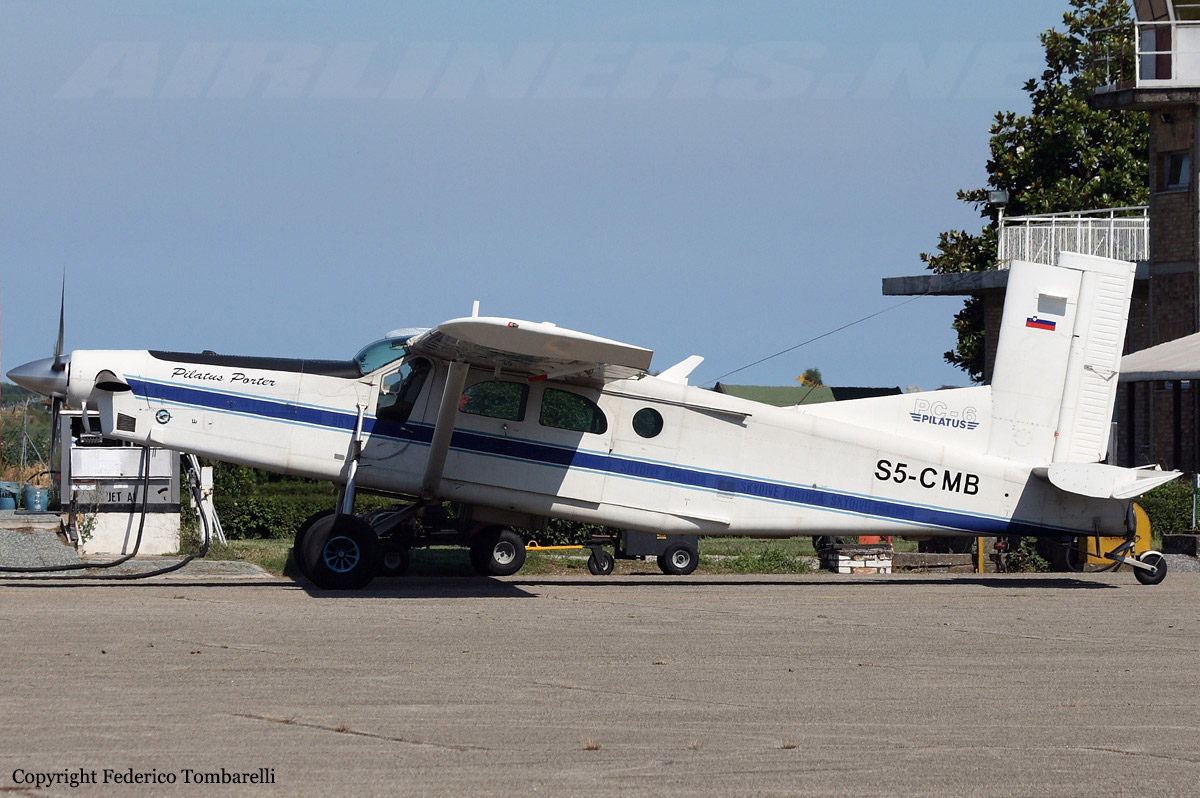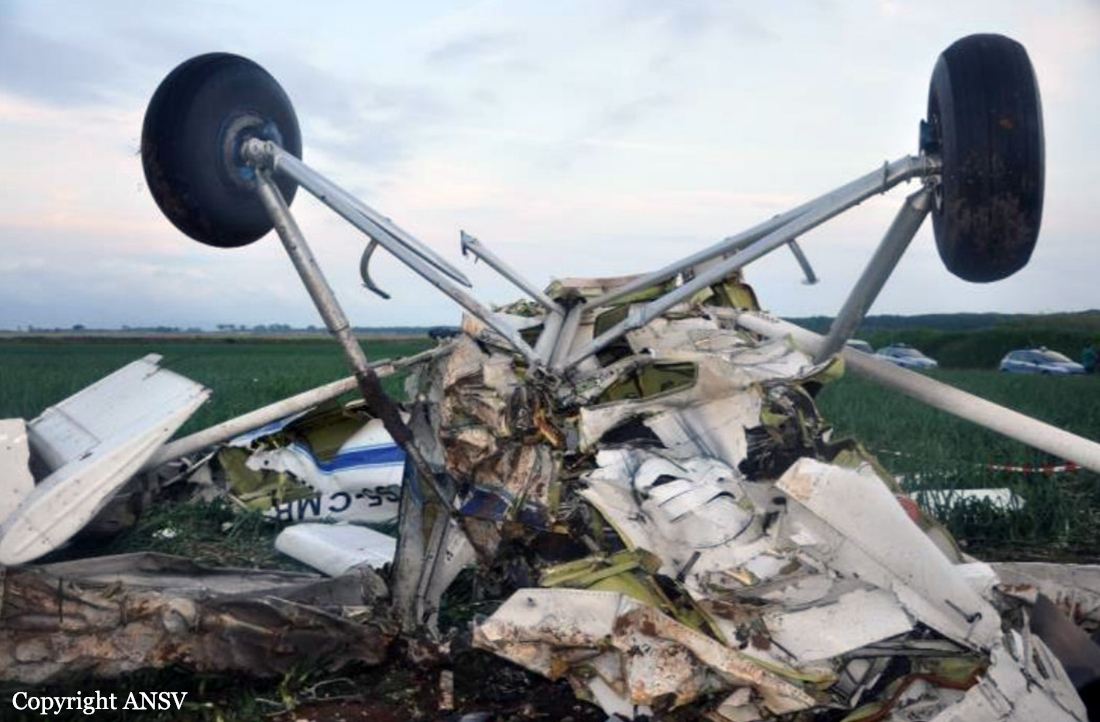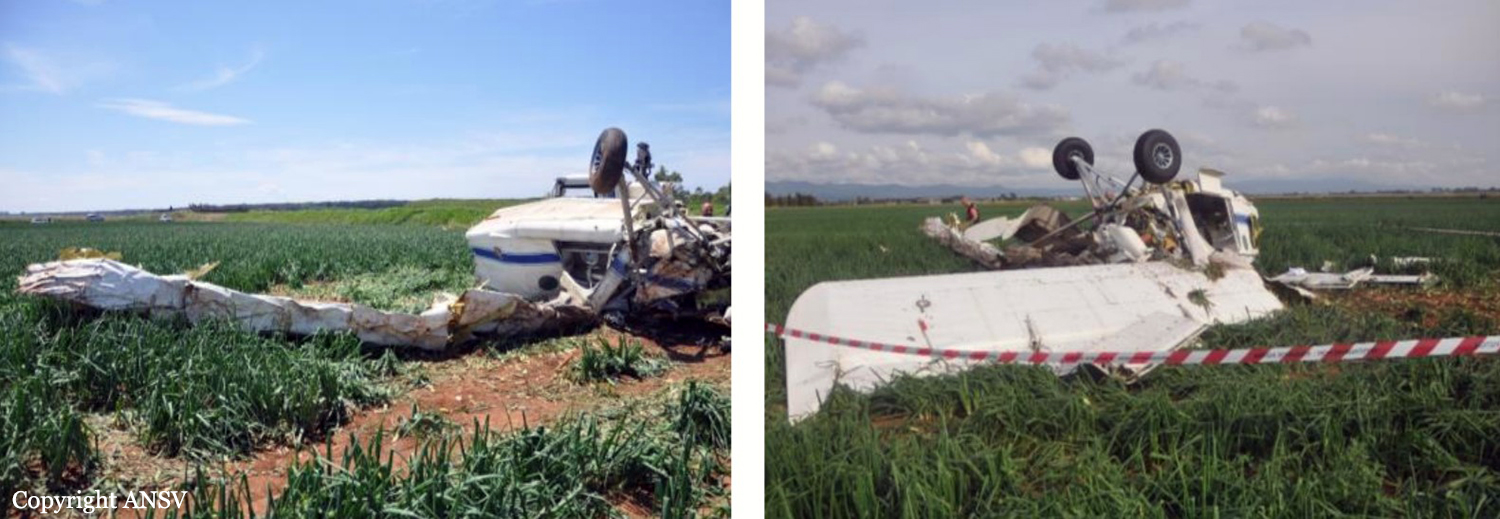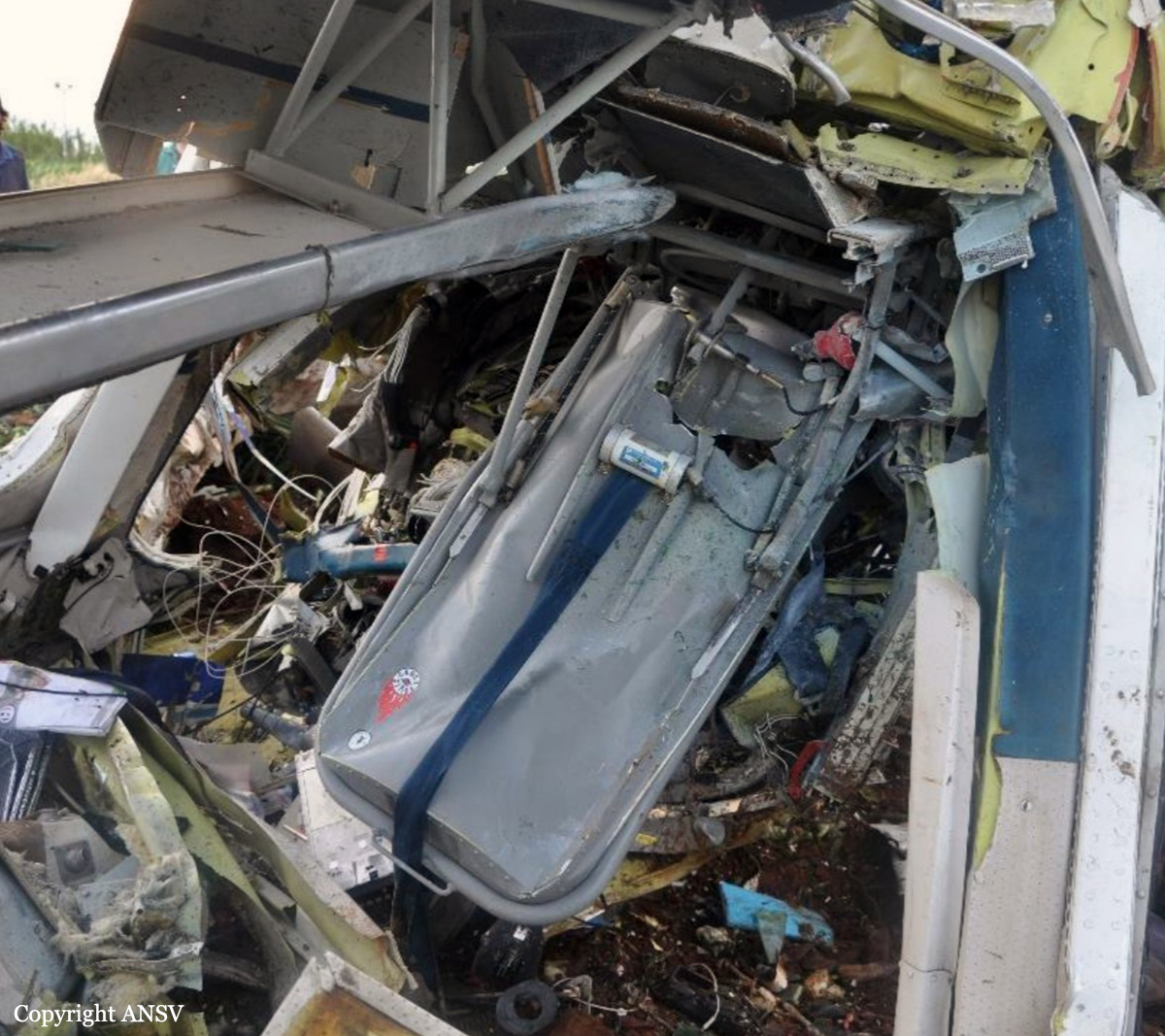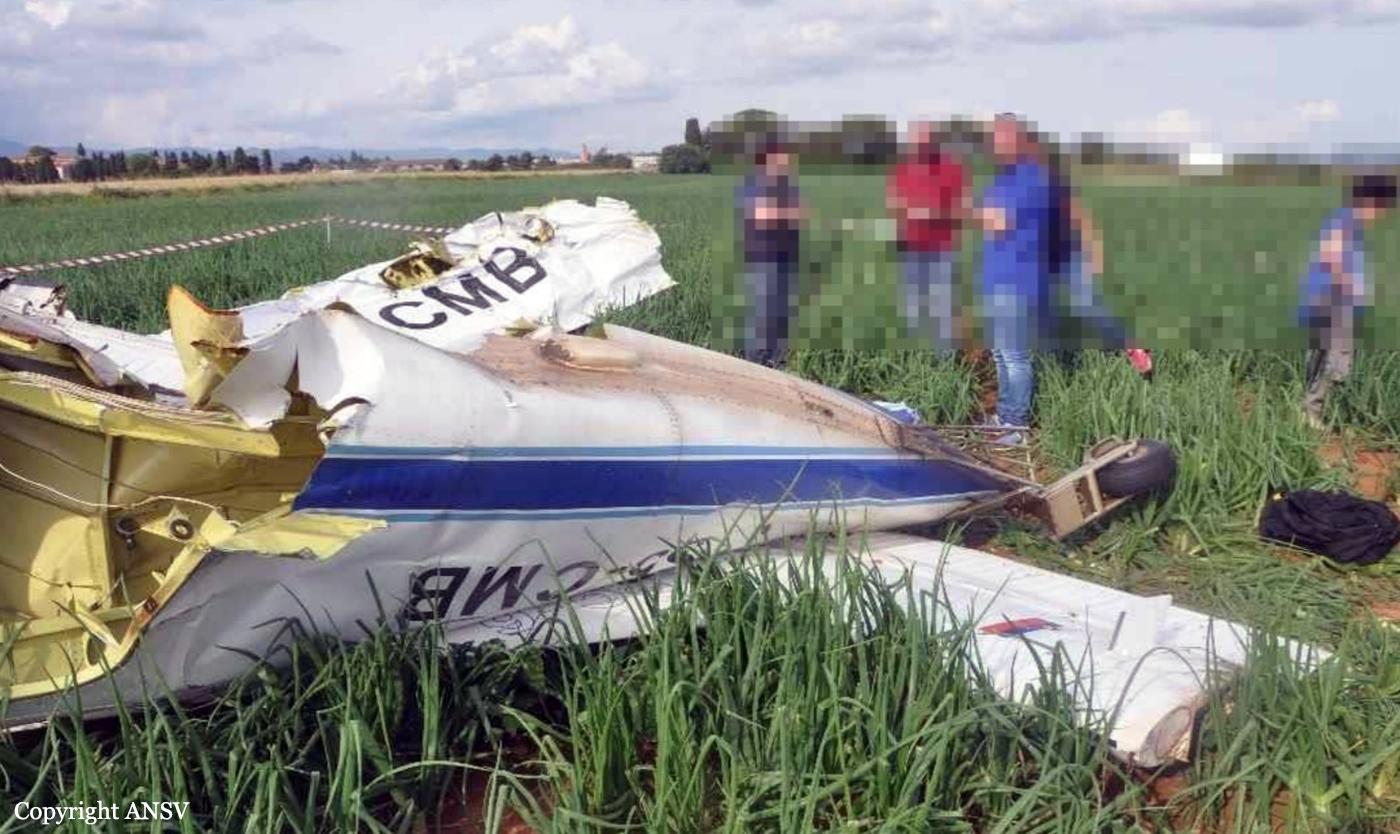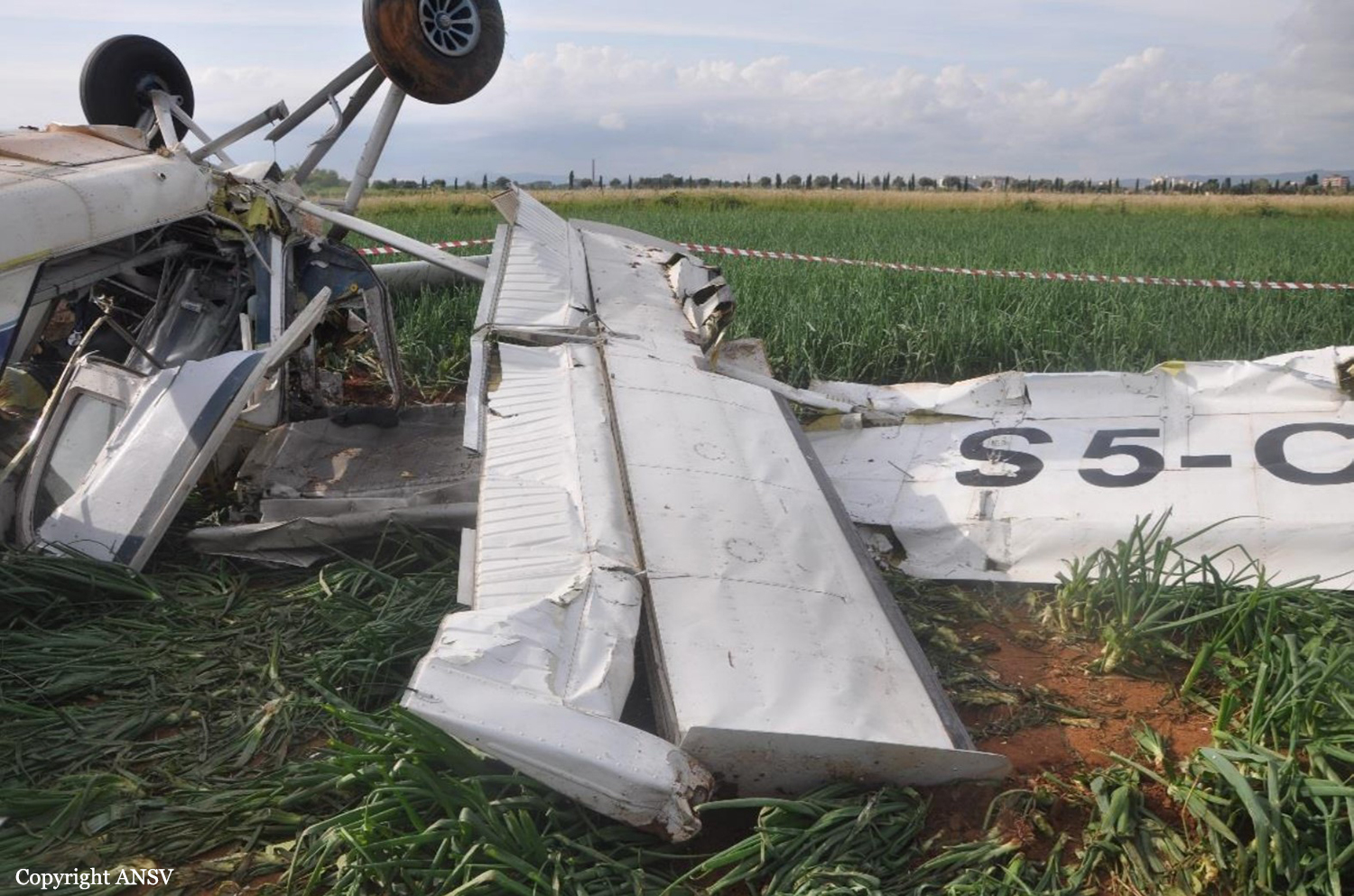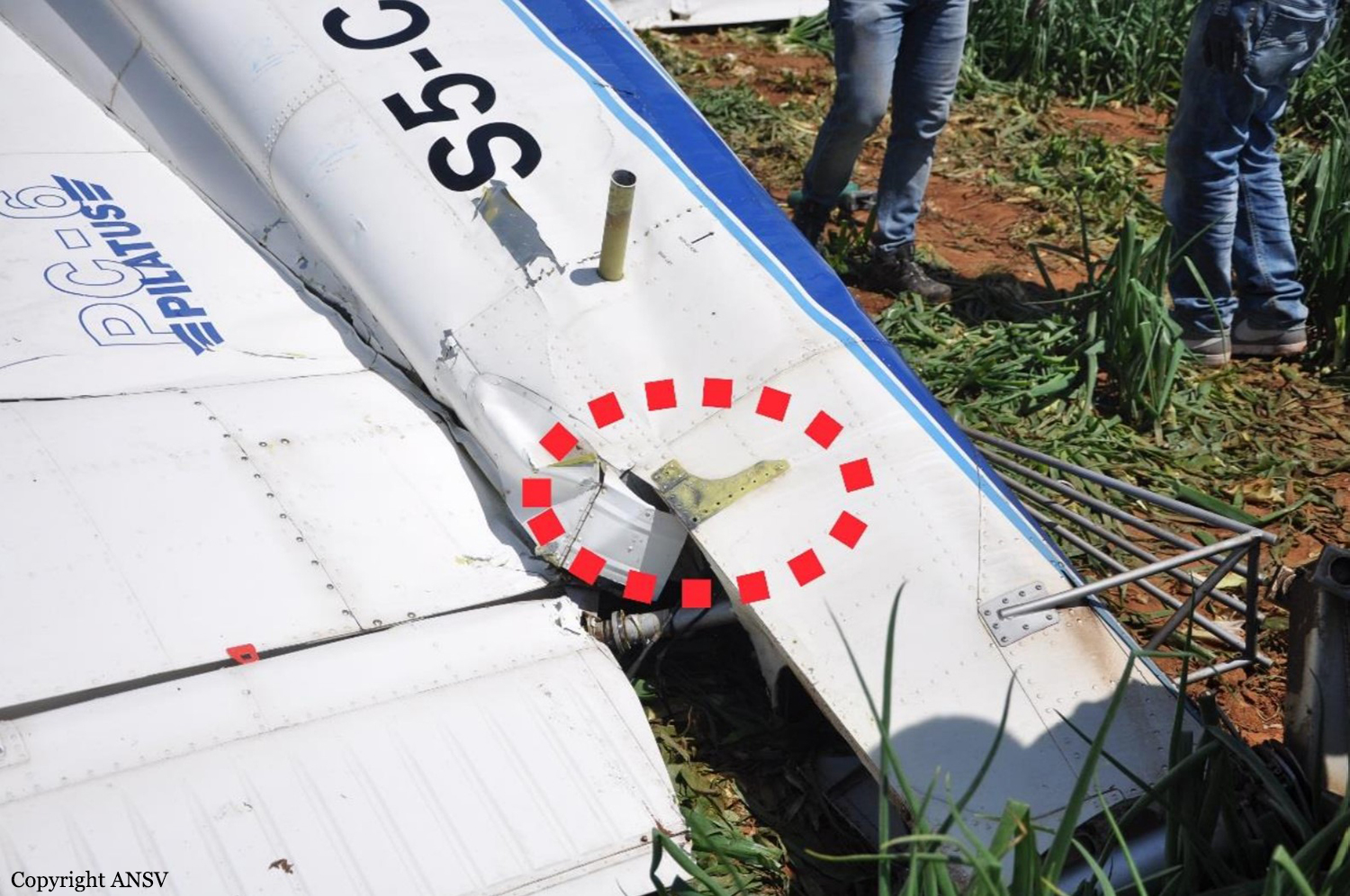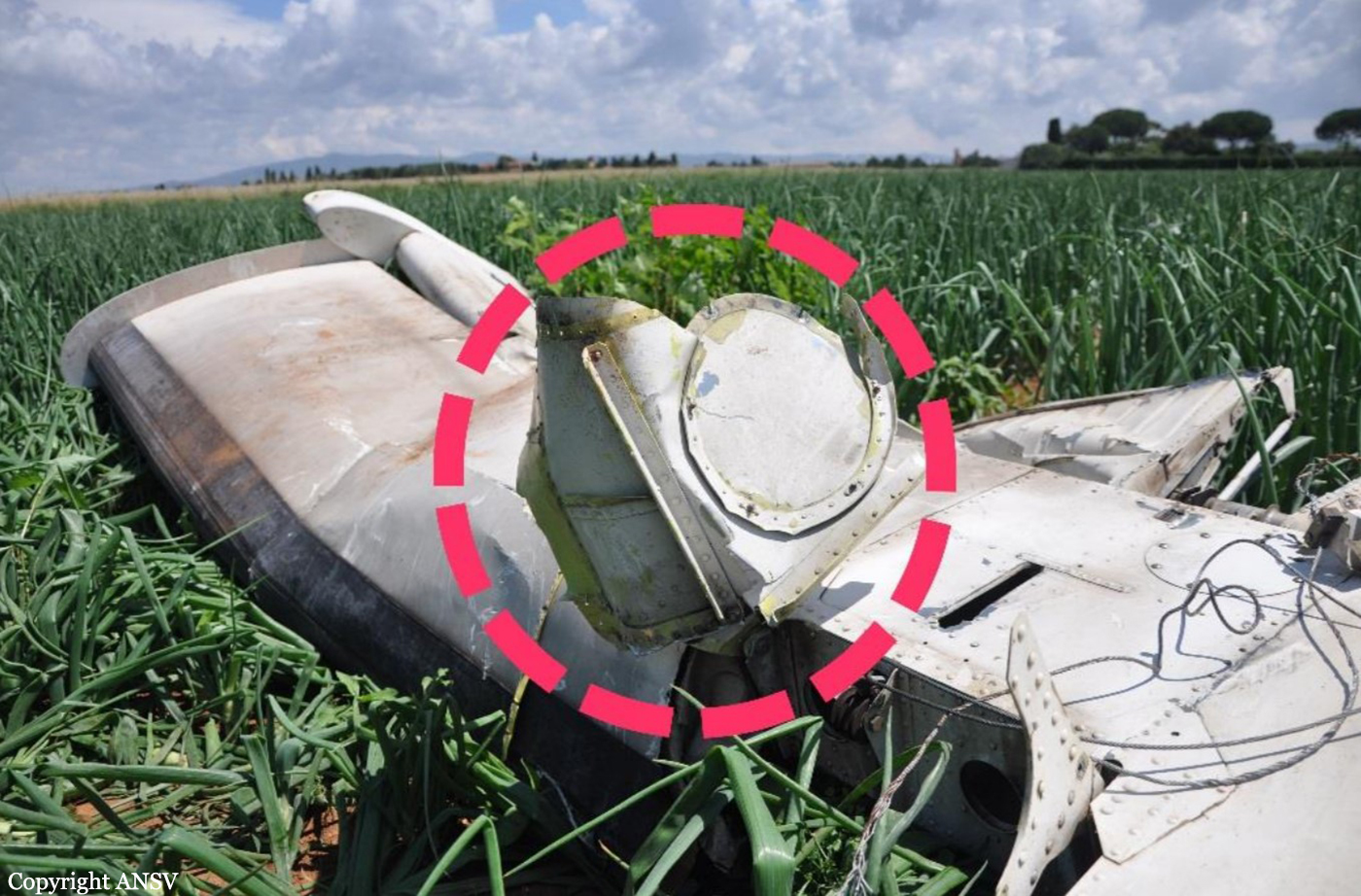Region
Crash of a Pilatus PC-6/B2-H4 Turbo Porter in Cecina
Date & Time:
May 20, 2017 at 1200 LT
Registration:
S5-CEI
Survivors:
Yes
Schedule:
Cecina - Cecina
MSN:
778
YOM:
1977
Crew on board:
1
Crew fatalities:
Pax on board:
0
Pax fatalities:
Other fatalities:
Total fatalities:
0
Circumstances:
The pilot, sole on board, was returning to Cecina Airfield following a skydiving flight in the area. After touchdown on a grassy area, the single engine aircraft veered to the left, impacted a drainage ditch and came to rest. The pilot escaped uninjured and the aircraft was damaged beyond repair.
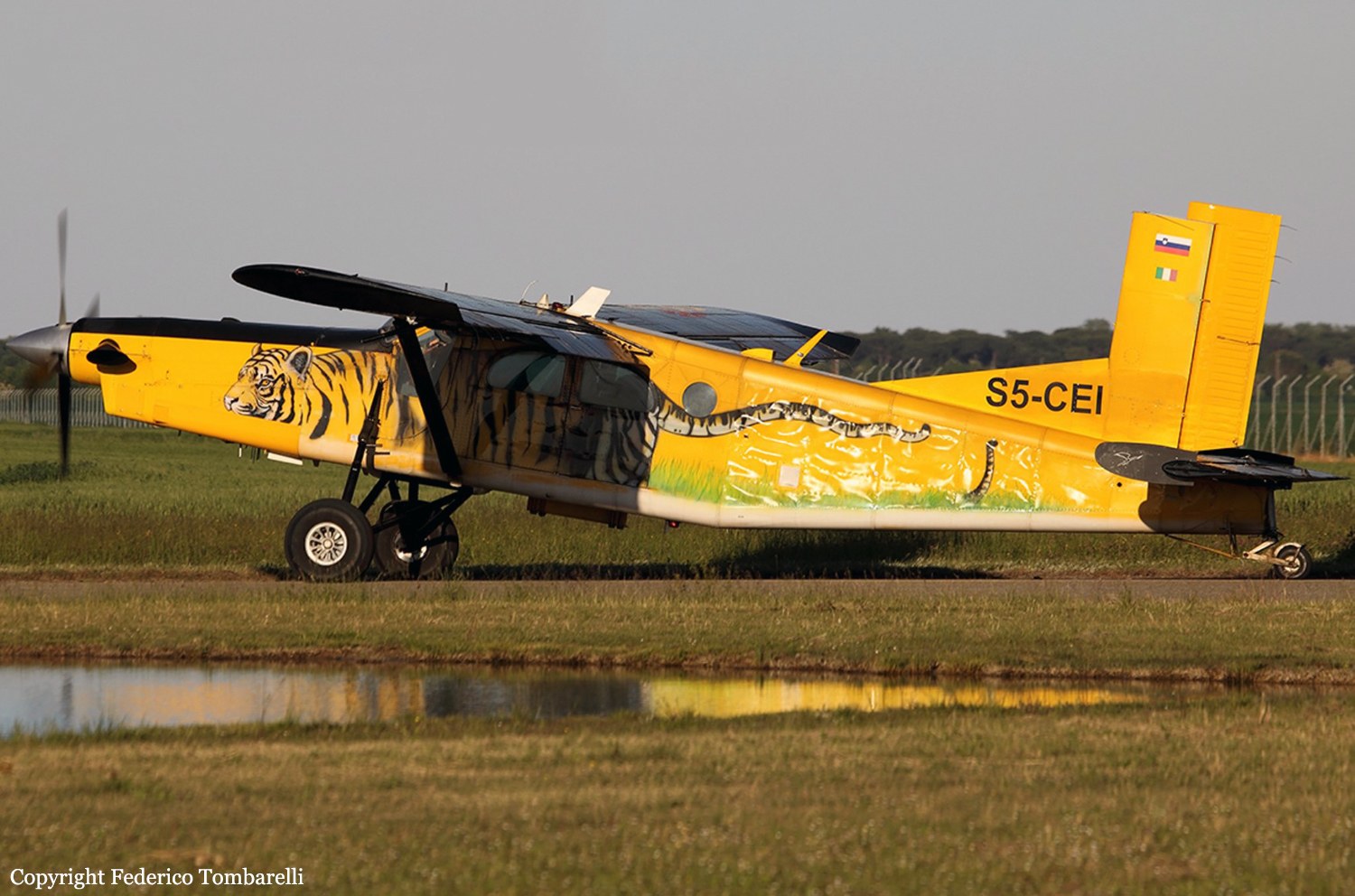
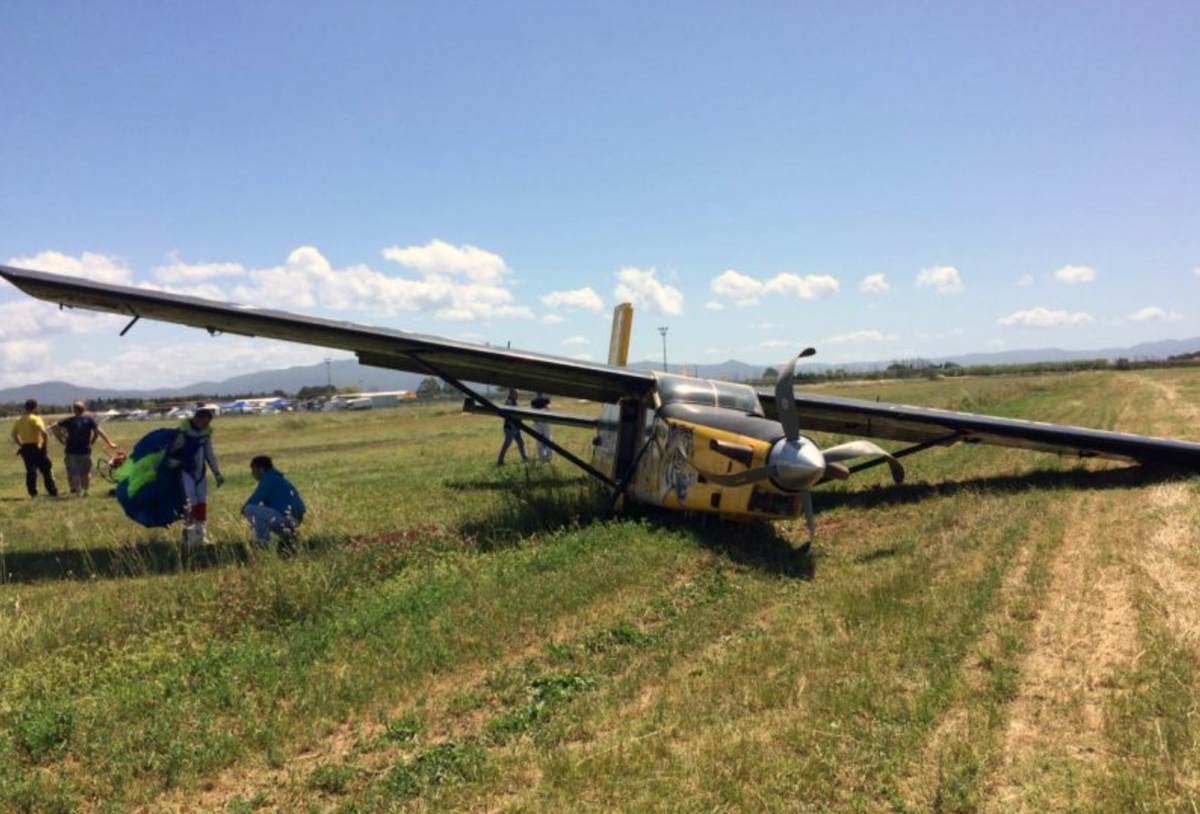

Crash of a Boeing 737-476 in Bergamo
Date & Time:
Aug 5, 2016 at 0407 LT
Registration:
HA-FAX
Survivors:
Yes
Schedule:
Paris-Roissy-CDG - Bergamo
MSN:
24437/2162
YOM:
1991
Flight number:
QY7332
Crew on board:
2
Crew fatalities:
Pax on board:
0
Pax fatalities:
Other fatalities:
Total fatalities:
0
Captain / Total hours on type:
2254.00
Copilot / Total hours on type:
86
Aircraft flight hours:
65332
Circumstances:
The aircraft departed Paris-Roissy-Charles de Gaulle Airport at 0254LT on a cargo flight (service QY7332) to Bergamo on behalf of DHL Airways. Upon arrival at Bergamo-Orio al Serio Airport, the crew encountered poor weather conditions with thunderstorm activity, heavy rain falls and strong wind. The aircraft crossed the runway threshold at a speed of 156 knots and landed 18 seconds later, 2,000 metres pas the runway threshold. Unable to stop within the remaining distance (runway 28 is 2,807 metres long), the aircraft overran, went through the perimeter fence, lost its undercarriage and both engines and eventually stopped in a motorway, some 520 metres pas the runway end. Both crew members evacuated safely and the aircraft was destroyed.
Probable cause:
The causes of the accident are mainly due to the human factor. In particular, the accident was caused by the runway overrun during the landing phase, caused by a loss of situational awareness relating to the position of the aircraft with respect to the runway itself. This loss of situational awareness on the part of the crew caused a delay in contact with the runway, which occurred, at a still high speed, in a position too far to allow the aircraft to stop within the remaining distance.
Contributing to the dynamics of the event:
- The commander's prior decision not to carry out a go-around procedure (this decision is of crucial importance in the chain of events that characterized the accident),
- Inadequate maintenance of flight parameters in the final phase of landing,
- Failure of the crew to disconnect the autothrottle prior to landing,
- Poor lighting conditions with the presence of storm cells and heavy rain falls at the time of the event (environmental factor), which may have contributed to the loss of situation awareness,
- The attention paid by the crew during the final phase of the flight, where both pilots were intent to acquire external visual references and did not realize that the aircraft crossed over the runway at high speed for 18 seconds before touchdown,
- The lack of assertiveness of the first officer in questioning the commander's decisions.
Finally, it cannot be excluded that a condition of tiredness and fatigue may have contributed to the accident, even if not perceived by the crew, which may have influenced the cognitive processes, in particular those of the captain, interfering with his correct decision making process.
Contributing to the dynamics of the event:
- The commander's prior decision not to carry out a go-around procedure (this decision is of crucial importance in the chain of events that characterized the accident),
- Inadequate maintenance of flight parameters in the final phase of landing,
- Failure of the crew to disconnect the autothrottle prior to landing,
- Poor lighting conditions with the presence of storm cells and heavy rain falls at the time of the event (environmental factor), which may have contributed to the loss of situation awareness,
- The attention paid by the crew during the final phase of the flight, where both pilots were intent to acquire external visual references and did not realize that the aircraft crossed over the runway at high speed for 18 seconds before touchdown,
- The lack of assertiveness of the first officer in questioning the commander's decisions.
Finally, it cannot be excluded that a condition of tiredness and fatigue may have contributed to the accident, even if not perceived by the crew, which may have influenced the cognitive processes, in particular those of the captain, interfering with his correct decision making process.
Final Report:
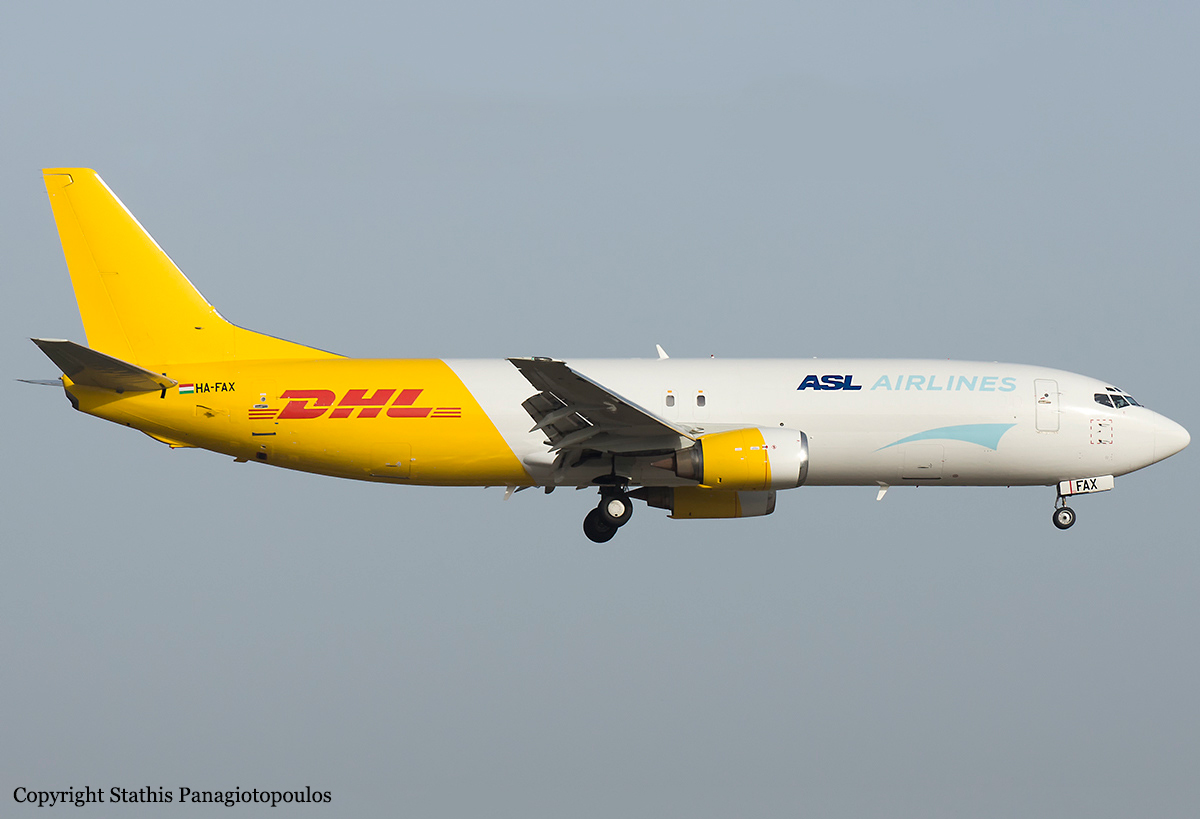

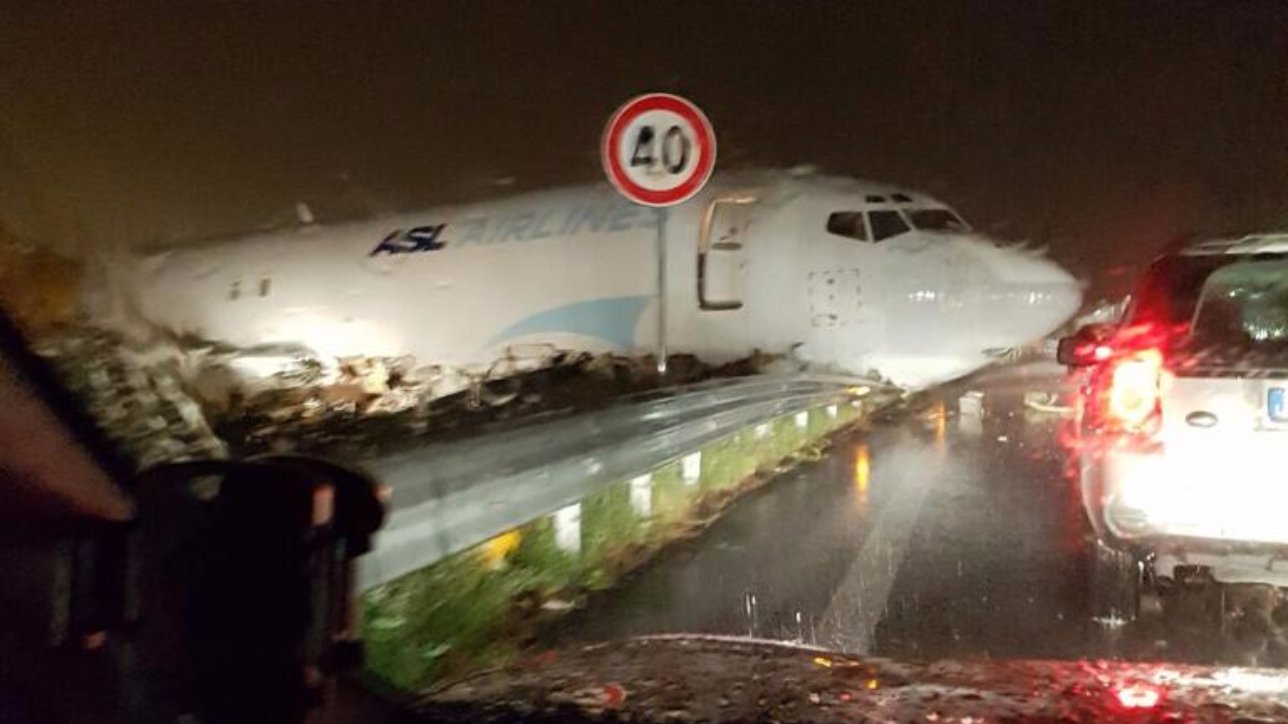
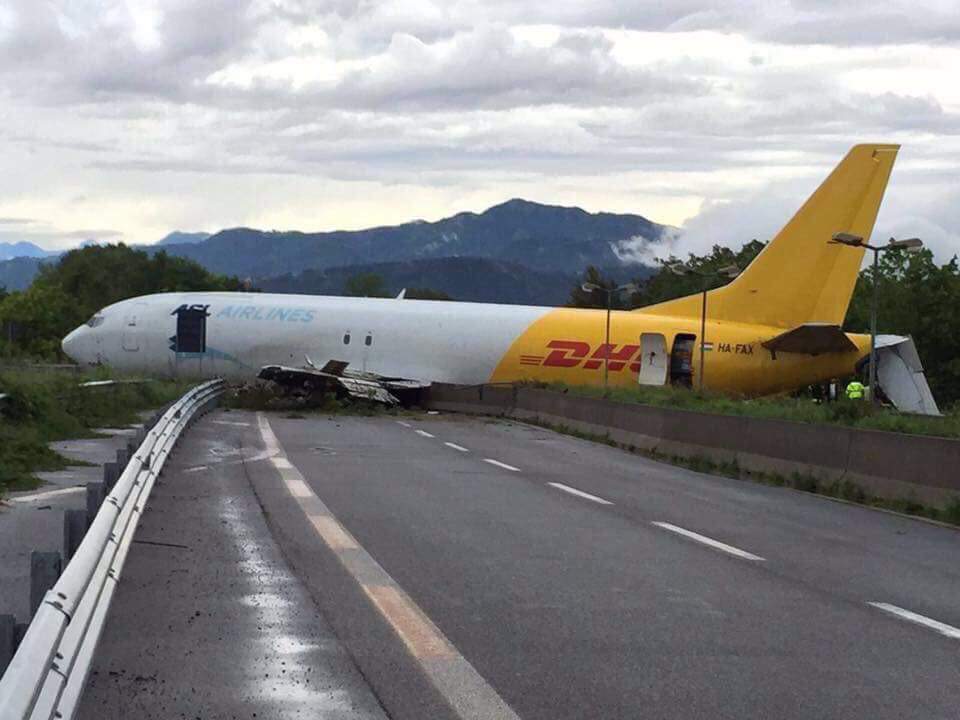
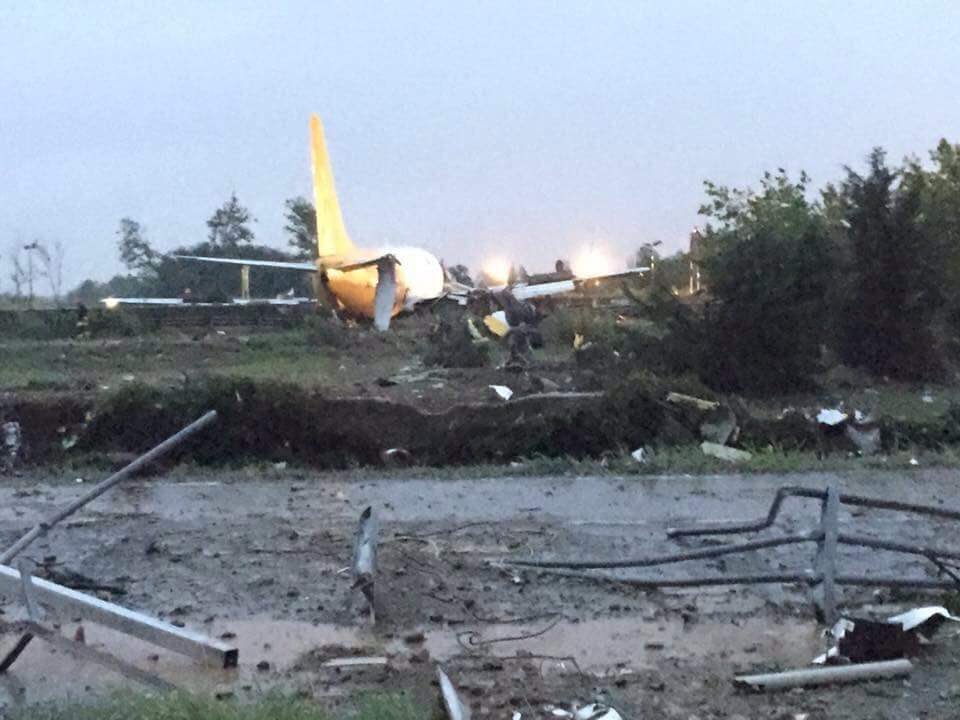
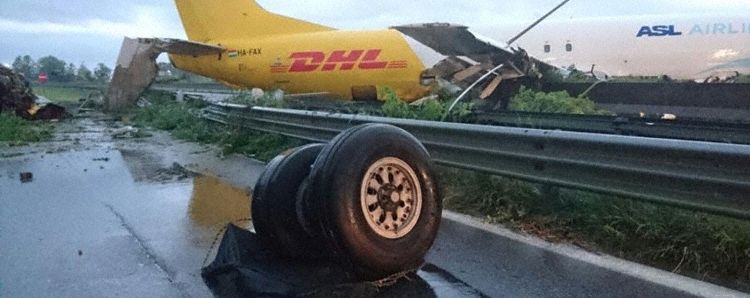
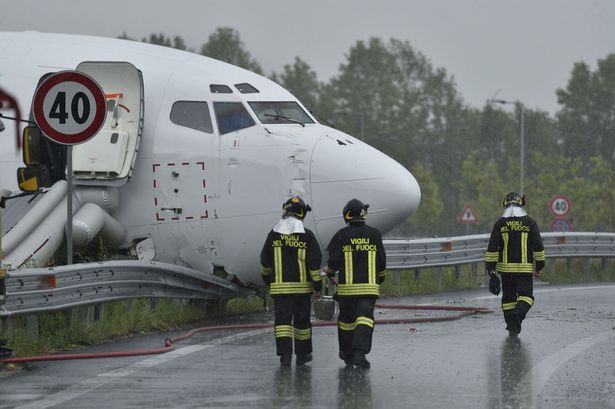


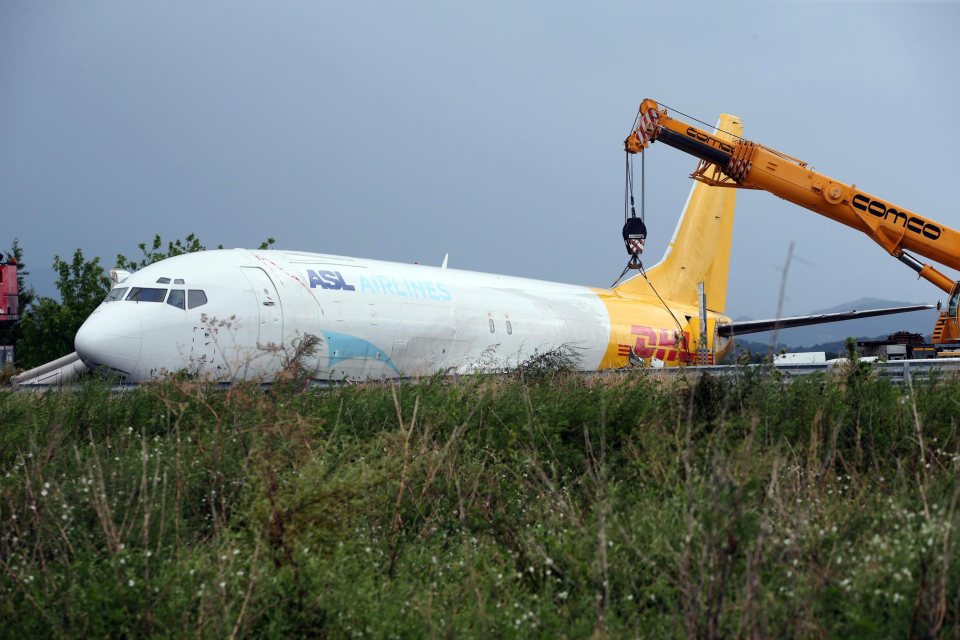
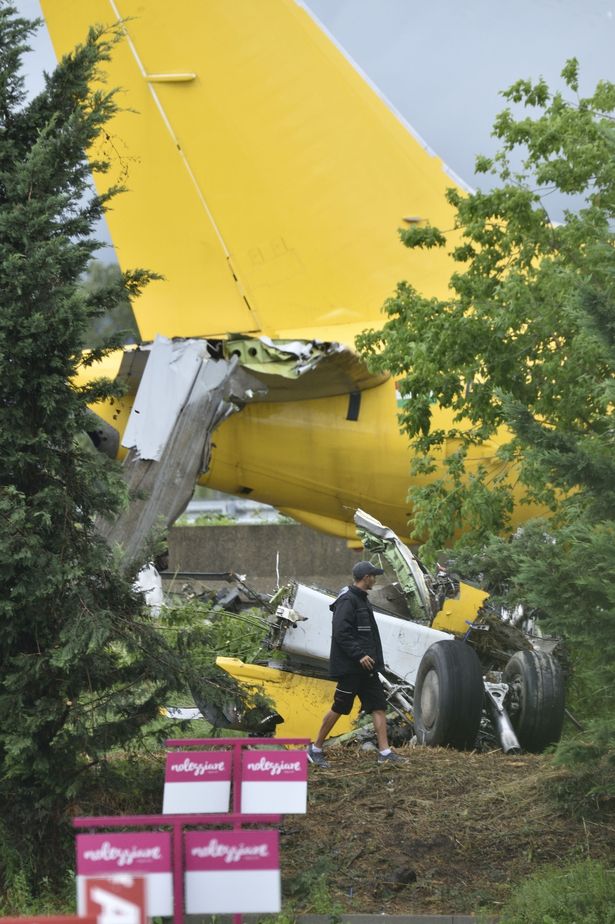


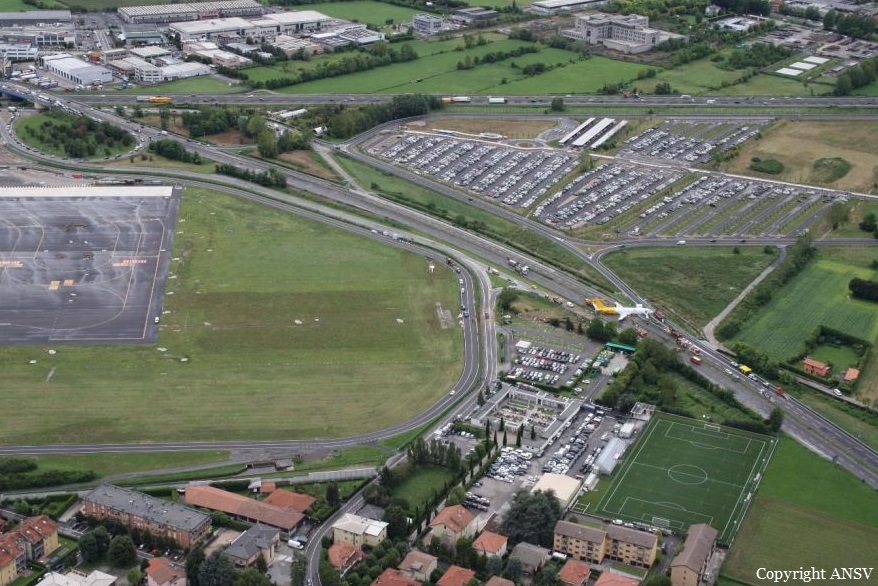
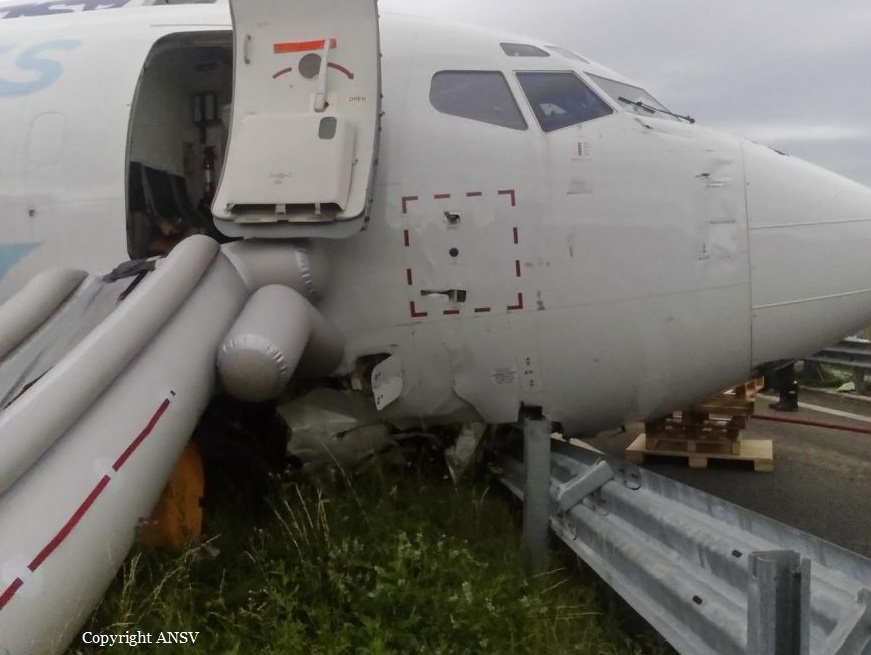

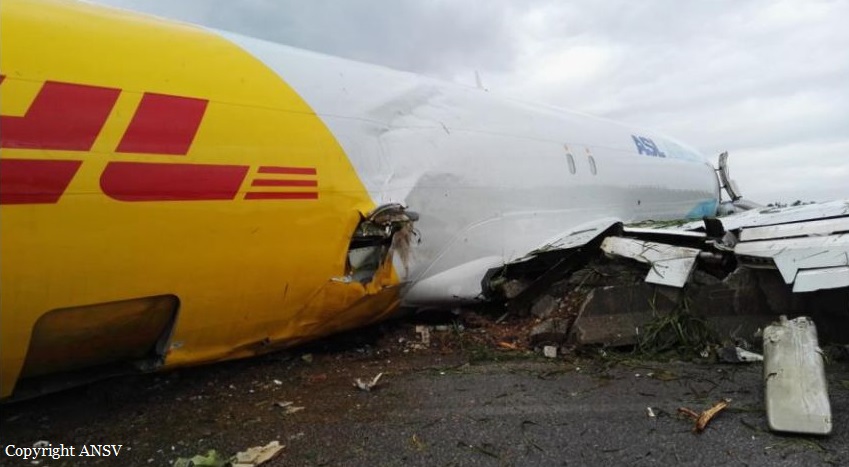
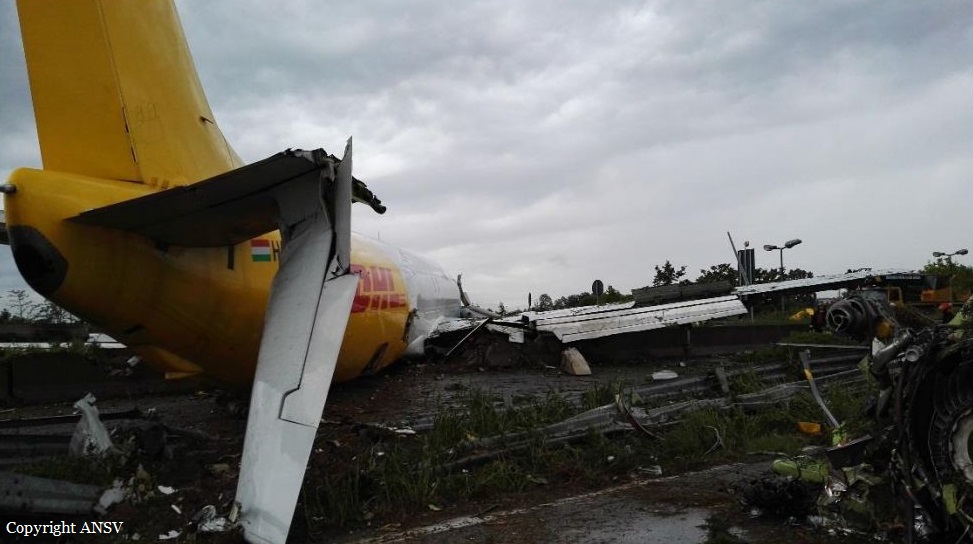
Crash of a Pilatus PC-6/B2-H4 Turbo Porter in Cecina: 2 killed
Date & Time:
Jun 11, 2016 at 1230 LT
Registration:
S5-CMB
Survivors:
Yes
Schedule:
Cecina - Cecina
MSN:
932
YOM:
2000
Crew on board:
2
Crew fatalities:
Pax on board:
7
Pax fatalities:
Other fatalities:
Total fatalities:
2
Copilot / Total hours on type:
1700
Aircraft flight hours:
6705
Circumstances:
The aircraft, operated by Skydive Kalifornia (aka Skydive Toscana) was involved in a local skydiving flight from Cecina Airfield. When the aircraft reached the assigned altitude, six of the seven skydivers bailed out. When the seventh skydiver elected to jump, his auxiliary parachute accidentally opened while the skydiver was still in the cabin. He was sucked outside and collided with the right horizontal stabilizer that later detached. The aircraft entered an uncontrolled descent and crashed in a field. The aircraft was destroyed by impact forces and both pilots were killed. There was no fire. All seven skydivers were uninjured.
Probable cause:
The cause of the accident is attributable to the detachment of the horizontal stabilizer following the impact with a skydiver dragged by his auxiliary parachute that accidentally opened while he was still inside the aircraft. This detachment led to the loss of governability of the aircraft.
The following factors contributed to the incident:
- The conformation of the throwing material, with closing flap of the safety flap covering the pin, which, tending to come out of its seat, did not guarantee adequate protection of the locking pin from accidental interference.
- The conformation of the structure of the right front seat, which interferes with the closing system of the auxiliary parachute bag, which determined the opening.
- The non-optimal disposition of the skydivers and the DL on board the aircraft (first skydiver to go out not immediately to the door and DL with his back addressed to the skydiver student).
The following factors contributed to the incident:
- The conformation of the throwing material, with closing flap of the safety flap covering the pin, which, tending to come out of its seat, did not guarantee adequate protection of the locking pin from accidental interference.
- The conformation of the structure of the right front seat, which interferes with the closing system of the auxiliary parachute bag, which determined the opening.
- The non-optimal disposition of the skydivers and the DL on board the aircraft (first skydiver to go out not immediately to the door and DL with his back addressed to the skydiver student).
Final Report:
